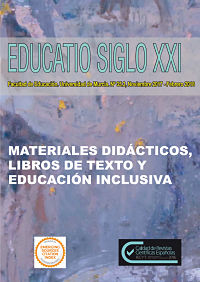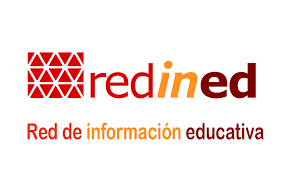What Do Compulsory Secondary Education Students Learn about Art History? An Analysis of the Legislation and Exams in the Region of Murcia (Spain)
Abstract
The discipline of art history has a specific subject in the last year of post-compulsory secondary education but not in the case of compulsory education, where it is taught in connection with the contents of history. This is important because for many students it will be the last time to study artistic contents in their period of compulsory education. Given the importance of arts education in the integral development of people, the aim of this paper is to determine the relevance and nature of the art history contents present in exams in ESO (compulsory secondary education), the different periods and artistic expressions assessed, and the cognitive skills required in this kind of exams. We have analyzed the regional legislation of Murcia and different exam types (partial, final, etc.) for the Social Sciences subject, and Geography and History, in 1 st , 2 nd and 4 th years of ESO. The results indicate that the exams do not give the relevance to the contents of art history that the legislation established for ESO, which were quite vague in the first
place, focusing on conceptual elements and memory capacity.
Downloads
-
Abstract1339
-
PDF (Español (España))1826
Original work publishes in this journal is subject to the following terms:
1. Murcia University Press (the publishing house) holds the copyright of the publishes work, and favours and allows their reutilization under the use license stated in point 2.
© Servicio de Publicaciones, Universidad de Murcia, 2015
2. Work is published in the electronic edition under a license (Creative Commons Reconocimiento-NoComercial-SinObraDerivada 4.0 España (legal text). They can be copied, used, disseminated, transmitted and publicly presented, as long as: i) authorship and original publication source is acknowledged (journal, publishing house and URL of the work); ii) are not used for commercial purposes; iii) the existence and specifications of this use license is stated.
3. Conditions for self-archive. Authors are allowed and encouraged to disseminate electronically the pre-pint (before review) and/or post-print (accepted for publication) versions of their work before their publication since that favours earlier circulation and dissemination resulting in an increased chance for the authors to be cited and for the work to reach a bigger share of the academic community. Colour: RoMEO: green.







